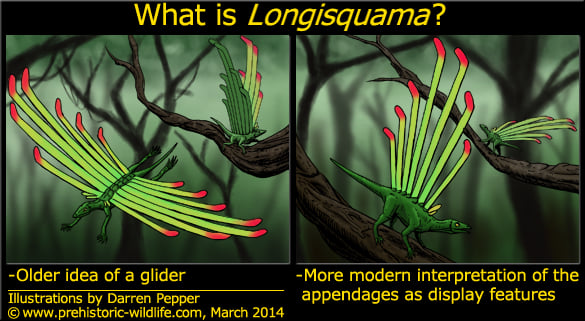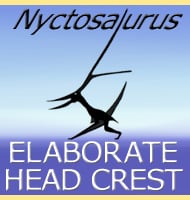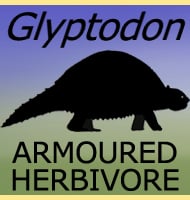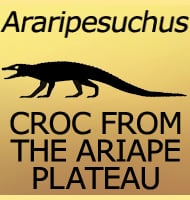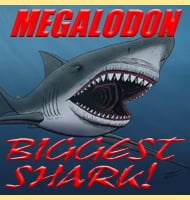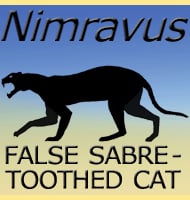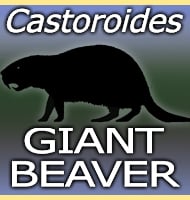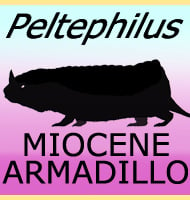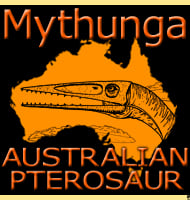In Depth
There are some fossil animals that just seem to be born to confuse us, and Longisquama is certainly one of these. The partial post cranial remains of this diapsid reptile seem to belong to a fairly small lizard. What really makes this creature bizarre however are the long appendages that seem to attach to the neural spines of the dorsal vertebrae. The nature of these appendages has been debated ever since the creature was first described in 1970, with some considering them to be elongated scales, and others thinking them to represent one of the first known appearances of feathers. These interpretations in turn have not only led to various theories as to how Longisquama lived, but how it fits in to wider evolutionary theory.
Since the early twentieth century a popular idea for the first birds was that of ‘Proaves’ a fictional creature that was essentially a lizard with long flight feathers of birds growing from its arms which it used to glide amongst trees. That creature never actually existed, it was simply an idea given visual form so that a wider range of people could understand it. There was no malicious intent, scientists just wanted to show what they expected the ancestors to birds look like.
The large appendages of Longisquama were once interpreted as a double row of either scales or feathers that extended out to the side to form a series of ‘wings’. The idea was that Longisquama used these appendages to glide amongst the trees, and in turn may represent an actual ‘Proaves’ that was ancestral to birds. However since last two decades of the twentieth century the idea that birds originated from some point within the theropod dinosaurs has become accepted fact within the wider scientific community. This means that if the appendages of Longisquama are indeed feathers, then it is likely that they are a product of a separate evolution, though even today some researchers still hold up Longisquama as a member of a group of reptiles that are the true ancestors of birds. More modern analysis of Longisquama has yielded the conclusion that there was just one row of appendages that ran vertical down the back of Longisquama. If this is true then immediately the idea that Longisquama was a glider figuratively flies out of the window, it would simply be impossible. Therefore an alternative function for these appendages would perhaps most obviously be as a display feature, something that may have helped Longisquama set up territories and signal to one another at range, a definitive advantage given the apparent small size of the body. Another interpretation could be that the appendages were a scare device that was flashed at the moment that predators attacked.
There has been just as much debate over exactly how these appendages where formed to even if they were actually part of the animal. As briefly mentioned above, the appendages seem to have attached to the neural spines of vertebrae (the small spines on the top of the vertebrae). These appendages then seem to have been rooted inside follicles in the same way that hairs and feathers are known to. These appendages have been and continue to be described as elongated scales and feathers, depending upon the author. The longest of these appendages seem to have been over thirty centimetres long, much longer than the perceived full length of the actual body. The more complete of these seem to curve around at the end so that many authors describe them as shaped like hockey sticks.
Not all researchers are convinced that the appendages on the back actually belonged to the animal, instead suggesting that they may actually be fronds of a plant and that a lizard may have simply died on top of them. Indeed, only the holotype specimen is known to have had both skeleton and appendages preserved together. Further specimens of the appendages have been found completely separate from further skeletons. There are two problems with the idea that these appendages are parts of plants. The first is that when plants are preserved it is usually as a carbon film, and the appendages of Longisquama are not preserved in this way. The second is that there is so far only one plant preserved in rocks of the Madygen Formation (where Longisquama fossils are known from), that has fronds that are similar to the appendages of Longisquama, but these do not have the distinctive hockey stick shape.
With all of the above in mind, the modern interpretation of Longisquama is that the appendages were scales, feathers or feather-like structures that ran in either a single or double row down the back. If feathers then they might have been more ribbon-like than erect. More specimens in the future may one day reveal much more of this creature as well as allow for more accurate reconstructions.
Further Reading
- An unusual reptile from the Lower Triassic of Fergana. - Paleontological Journal 1970(1):112-116 - A. G. Sharov - 1970. - Une novelle interpr�tation de Longisquama insignis, reptile �nigmatique du Trias sup�rieur d’Asie centrale [A new interpretation of Longisquama insignis, an enigmatic reptile from the Upper Triassic of Central Asia]. - Comptes Rendus Acad�mie des Sciences du Paris 305 (serie II): 65–70 - H. Haubold & E. Buffetaut - 1987. - Longisquama Fossil and Feather Morphology. - Science 291 (5510): 1899–1902 - D. M. Unwin & M. J. Benton - 2000. - Nonavian Feathers in a Late Triassic Archosaur. - Science 288 (5474): 2202–2205. T. D. Jones, J. A. Ruben, L. D. Martin, E. Kurochkin, A. Ferduccia, P. F. A. Maderson, W. J. Hillenius, N. R. Geist & V. Alifanov - 2000. - The “Feathers” of Longisquama. - Nature 408 (6811): 428. - R. R. Reisz & H. -D. Sues - 2000. - Are current critiques of the theropod origin of birds science? Rebuttal to Feduccia. - The Auk 120 (2): 550–561. - R. O. Prum - 2002. - Pterosaur Science or Pterosaur Fantasy? - Prehistoric Times, No. 70, pp. 21-23 & 40 - S. C. Bennett - 2005. - The dorsal appendages of the Triassic reptile Longisquama insignis: reconsideration of a controversial integument type. - Pal�ontologische Zeitschrift 86 (3): 313–331 - M. Buchwitz & S. Voigt - 2012.
